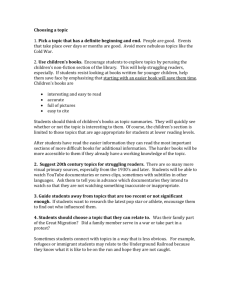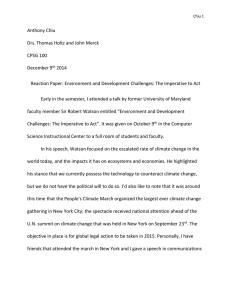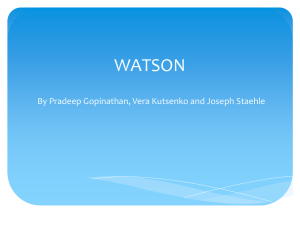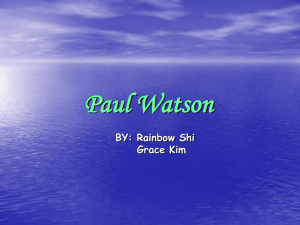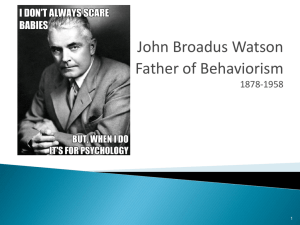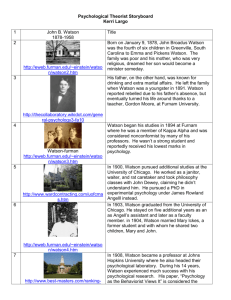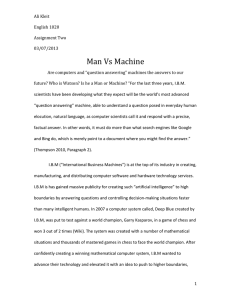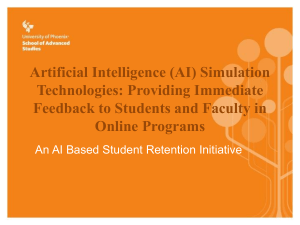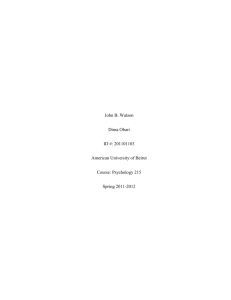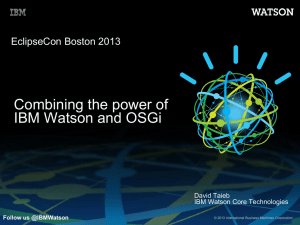History, Theory, and Production of Global Media
advertisement
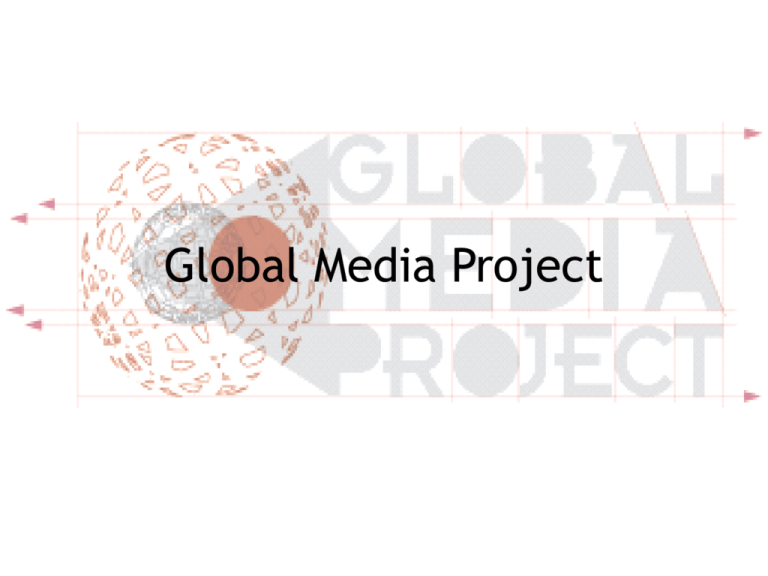
Global Media Project The Global Media Project • The Global Media Project launched at the Watson Institute in 2006 to explore the increasing role of media for major international issues. The project is built upon three core assertions. • multiple media have become increasingly interconnected and all the more powerful as global actors. • since 9/11 the media are a critical component of global terrorism and the war against it. • there is an increased need not only to understand but to create media in international affairs • In an age defined by networks of information and terror, getting the message right is no longer sufficient; understanding, producing and rapidly distributing globalinterest media is also required. • Out of the GMP came the undergraduate seminar: History, Theory, and Production of Global Media, co-taught by James Der Derian and John Phillip Santos. • The seminar explores the historical and contemporary roles of media in international affairs, both as a source of information and, increasingly, as an important medium of war and diplomacy. • Combining history, theory, critical viewing, film screenings, and media production, and based on a retrospective study of news media, documentaries, and critical media theory, the course maps the complex contemporary global media environment… Eugene Jarecki speaks while director Morgan Spurlock checks out the Watson Institute’s namesake's powers of prediction. … where the Internet and satellite broadcasting, among other recent technologies, have created a new panorama of messages, meanings and strategems directly affecting international politics. Deborah Scranton being filmed by Al Jazeera. Blogger and NYU Professor Jay Rosen with Radio Open Source host and Watson Fellow Christopher Lydon. • Guest speakers and filmmakers conduct GlobalMediaLabs on the production of multiple media, including print, photography, radio, film, television and websites. • Students create treatments and trailers for documentary projects on global security issues, which are featured in the GlobalMediaForum. John Phillip Santos, Eugene Jarecki, and Alex Gibney discuss the use of reenactments in documentary films • Students also engage through the GlobalMediaBlog, an integral part of the course, which provides students an opportunity to continue discussions, share papers, and showcase their growing technical abilities by uploading regular videoblogs of GlobalMediaLabs. URL: watsonblogs.org/globalmedia Documentaries • The Global Media Project has also been directly involved in the production of its public interest documentaries, including Culture of War, Telling Terror’s Tales, A Nation Without Women, and Virtual JFK: Vietnam, if Kennedy Had Lived. Still from Culture of War Global Security Matrix 1.0 & 2.0 • A prototype of an interactive website was created: the Global Security Matrix 1.0. This prototype became the basis for an application to the Carnegie Corporation of New York and the Scholarly Technology Group at Brown University • A new team of students, programmers, and graphic designers was formed to create the Global Security Matrix 2.0 A screenshot of the GSM version 1.0 The Matrix as a Visual Tool • • • The Matrix is designed to be a tool for multi-disciplinary, multi-perspectival, and multi-lateral approaches to global security. In addition to its purpose to interrogate traditional models and definitions of global security, the Matrix also visually represents and maps these threats across multiple levels of analysis. One of the most valuable features of the Matrix is its emphasis on a relative ranking of modern threats according to plural definitions of global security.
